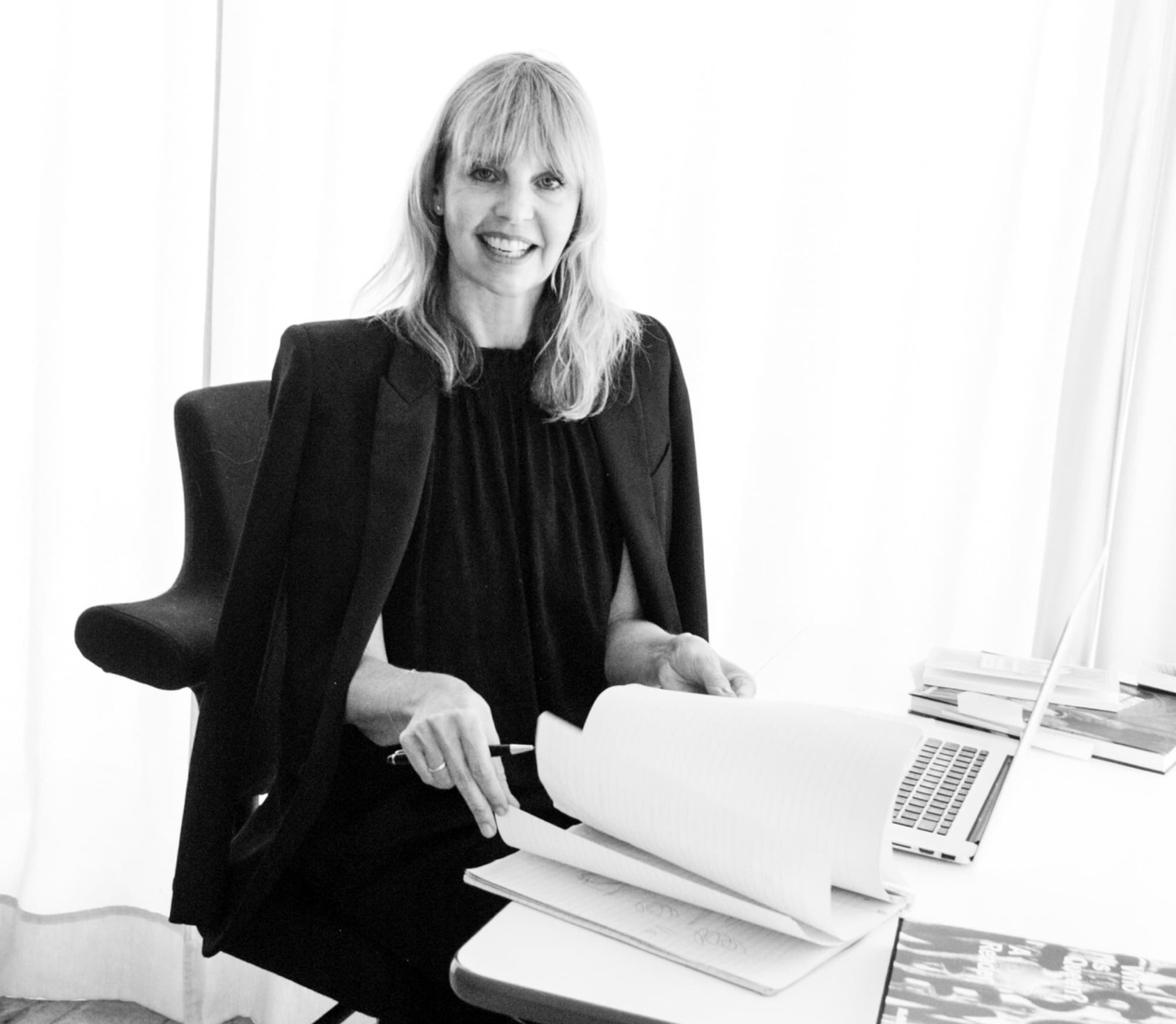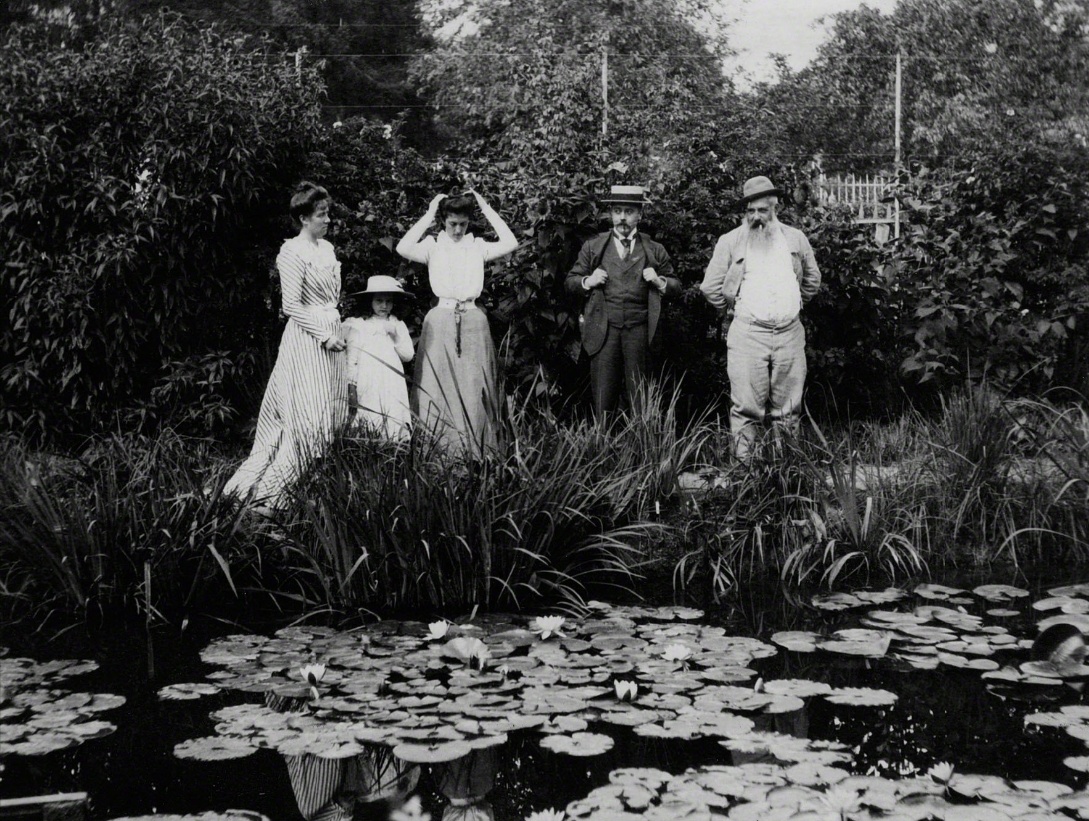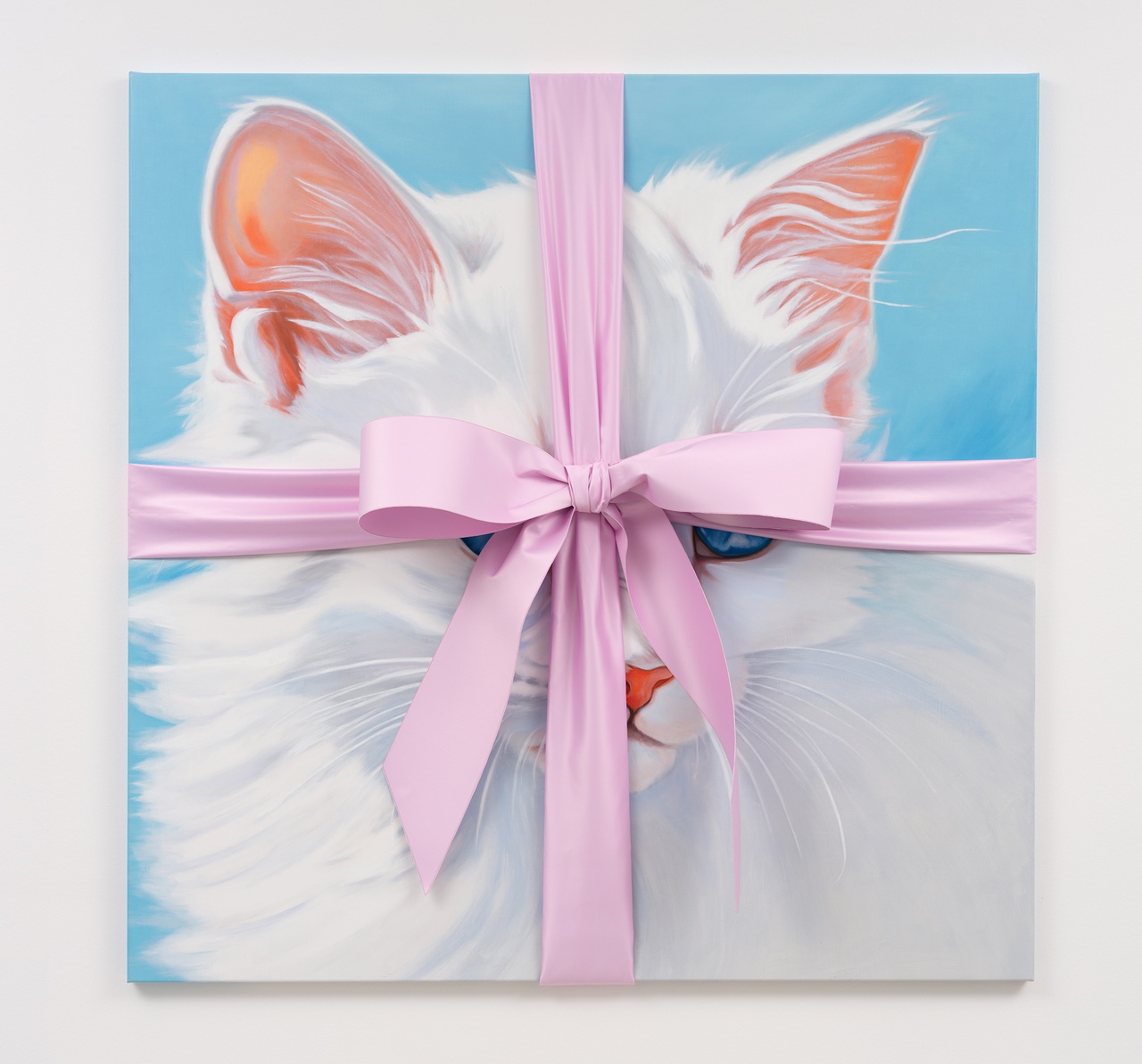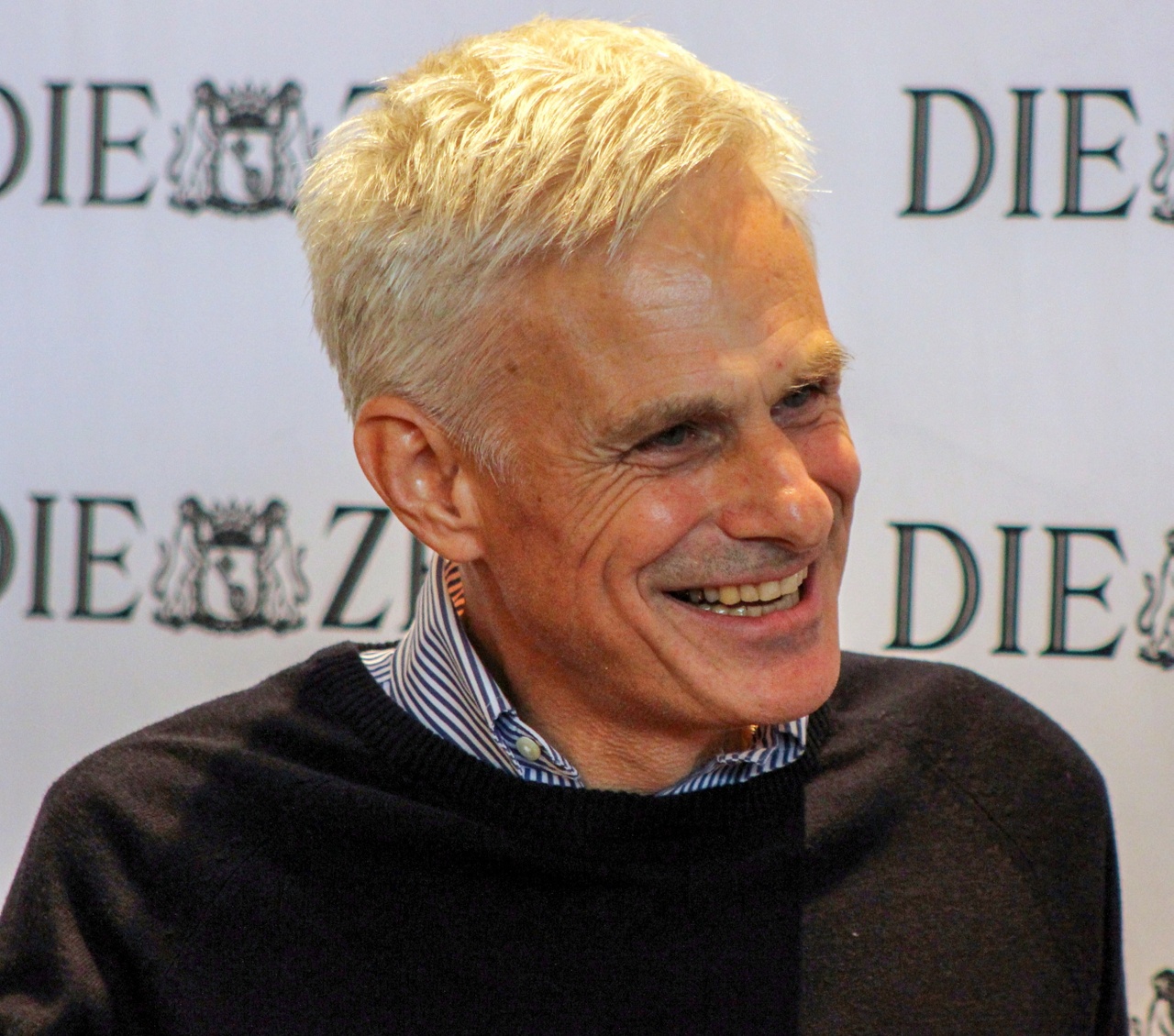CLAUDE MONET, ELIZA DOUGLAS, RAINALD GOETZ Seen & Read – by Isabelle Graw

Jackie Wullschläger, Monet: The Restless Vision

Germaine Hoschedé, Lili Butler, Marie Jenny Durand-Ruel, Georges Durand-Ruel and Claude Monet, Giverny, 1900
Claude Monet’s life and work are told here in gripping fashion, in an analysis that fully integrates social, cultural, and reception history. But Wullschläger does not neglect to offer detailed descriptions of the artist’s painting, analyzing what happens in the images themselves, but also conveying what is at stake in them. His friendship with Édouard Manet – which unfolded despite their competitive relationship – is also covered. Wullschläger portrays Monet as an artist intricately connected to his milieu – and whose project would have played out very different without collaborators like the prematurely deceased Frédéric Bazille or, later, Pierre-Auguste Renoir. Monet’s conduct was also crucial for the replacement of the academic Salon by the “dealer-critic” system (Cynthia White/Harrison White): after numerous unsuccessful applications, he resolved to submit no further paintings to the Salon, instead, he organizing independent exhibitions with associates and collaborating with the art dealer Paul Durand-Ruel. That Monet was so bitterly poor for such a long time – and that he wrote humiliatingly supplicating letters in all directions – is a leitmotif that runs throughout Wullschläger’s narration. She also notes the turbulence of his private life: Monet’s first wife, Camille Doncieux, whose fashionable self-presentations were essential for his early work, died of a painful, still-unidentified illness at a young age. His later companion Alice Hochedé helped raise his children, while officially remaining married to his former patron Ernest Hoschedé. Also discussed is the effect of late-nineteenth-century economic crises on the sales of Impressionist art. Even Monet’s paintings regularly experienced crashes of their monetary value and disastrous results at auctions – something that seems astonishing in light of today’s resiliently high prices.
Penguin/Allen Lane, 2023, 576 pages.
“Eliza Douglas: Gift”

Eliza Douglas, “Milk,” 2024
The exhibition title “Gift” can be considered programmatic: Using visually dominant bows, Douglas wraps her largely photorealistic paintings like presents. Each ribbon is color-coordinated with the hues of the painting’s motif – exempli gratia Sapphire Eyes (2024), where a light green ribbon is matched with the bottle-green hair of the depicted figure. Alongside close-ups of faces with wide-open mouths, dimly reminiscent of Gottfried Helnwein’s aesthetics so frowned upon in the art world, one encounters seascapes or landscapes like the motif of a flowering field in Blossoms & Blossoms (2024), which sports a ribbon festooned with dollar signs. The genre of animal painting is also represented, in the form of a white cat (with a pink ribbon) and a cow (with a polka dot ribbon). The stiff textile bows – partly produced by Balenciaga – serve a dual purpose, both con-cealing and adorning the subject of the painting to the same extent, preventing an unobstructed view of the photorealistic motifs and leaving no doubt as to the commodity form of the painted image. The ribbon trope is also in communication with the bows of Jeff Koons’s Celebration series. As a repeated painterly trope, the ribbon circulates in Jutta Koether’s work, too. But by declaring her paintings “gifts,” Douglas takes emphasis away from the decorative quality of the bow and moves toward the economic exchange relationships in which her images are embedded. A final word must be said about the production process: these images’ subject matter were created with the help of AI. Similarly to a Fluxus score, the artist commissioned AI with specific motifs she then had them translated into photorealistic painting. The work thus underwent a double delegation – which is why the artist’s verbal instructions resonate latently in these images.
Contemporary Fine Arts, Berlin, April 26 – June 1, 2024.
Rainald Goetz, “Moral Mazes 24. Arbeitsjournal”

Rainald Goetz, 2012
An excerpt from Rainald Goetz’s 2019 “work diaries” from was recently published in Merkur, and a number of journalists from German newspapers’ feature sections were quick to pounce on it. His linguistically elegant notes were widely interpreted as a settling of accounts with his deceased mentor Michael Rutschky, whose diaries Goetz saw as a betrayal. From my perspective, his considerations on autobiographical writing are particularly noteworthy, given his credo in this regard: “No bad talk about others. No vicious, harsh observations. No thinking too much about yourself.” Had Marcel Proust internalized Goetz’s maxim, his A La Recherche Du Temps Perdu would have certainly been less radical: for Goetz, however, “kindness … is more important than radicalism.” I agree with him insofar as one should try not to hurt others via the written word, nor should one succumb to the inclinations toward bitterness and resentment that become particularly commonplace in older age. But his invocation against “vicious, harsh” observations is one I find problematic. It is the very harshness and, at times, the viciousness of Proust’s or Honoré de Bal-zac’s observations – or, later, those of Annie Ernaux and Virginie Despentes – that permit them to reveal the violence of capitalist society. Indeed, Goetz’s rejection of “thinking about oneself” as a project seems to me to be a classic case of resistance in the psychoanalytic sense: flat-out avoiding looking into the darker corners of your own depths. But why shouldn’t you, actually? Did not Franz Kafka show that immersion in these depths – his anxieties, for example – can produce good literature? The feature pages also reacted with astonishment to those passages in Goetz’s notes that expressed his enthusiasm for #MeToo. Indeed, he praises the “hysteria” of the movement and declares an imperative to commit to the “dominance of hysteria” – for power does not understand any “quieter language.” It’s perplexing and no little bit perverse that a heterosexual man lauds the #MeToo movement specifically for its “hysteria” – thus mobilizing the very misogynistic imputation that has always been used to devalue and pathologize women. Goetz’s enthusiasm for #MeToo is also paradoxical given his predominantly male social cosmos: aside from Hannah Engelmeyer, who he praises, the fixed stars in his firmament are still exclusively men.
Merkur, no. 900, vol. 05, May 2024.
Isabelle Graw is the cofounder and publisher of TEXTE ZUR KUNST and teaches art history and theory at the Hochschule für Bildende Künste – Städelschule in Frankfurt am Main. Her most recent publications include In Another World: Notes, 2014–2017 (Sternberg Press, 2020), Three Cases of Value Reflection: Ponge, Whitten, Banksy (Sternberg Press, 2021), and On the Benefits of Friendship (Sternberg Press, 2023).
Translation: Matthew James Scown
Image credit: 1. Photo Rob Kulisek; 2. Public domain; 3. Courtesy of Contemporary Fine Arts, photo Nick Ash; 4. Public domain
